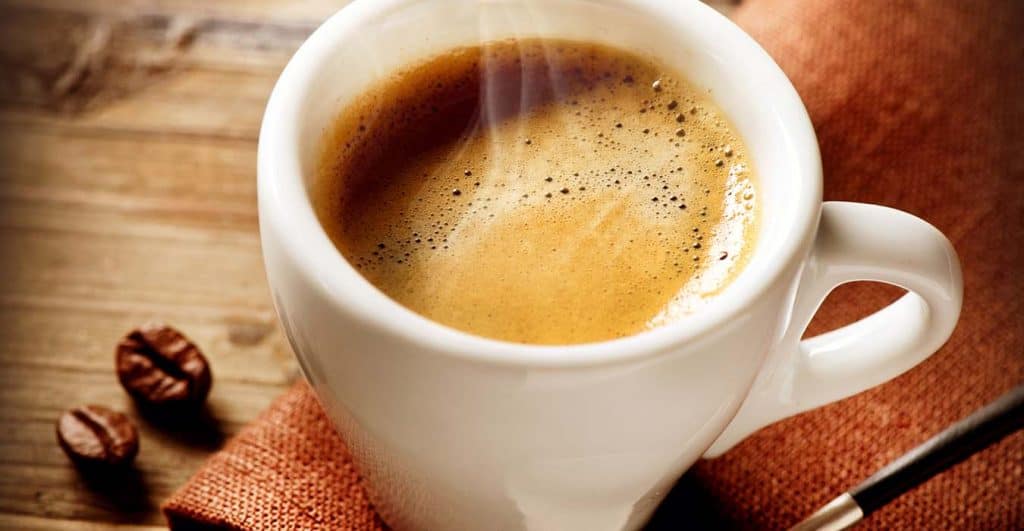
How Important is the Grind?
We’ll just let a World Barista Championship™ winner answer that question. According to Mike Phillips, “The grinder’s probably the most important piece of equipment you’re going to buy when brewing a cup at home. And a good one will last you a lifetime. Sadly, so will a bad one.”[1] That pretty much says it all.
When you’re ready to up your coffee game, a change to grinding yourself is the place to start. It can make that much difference.
What is an Optimal Grind?
There are three characteristics that make for a great grind, and a better cup of coffee.
Size
There are several common grind sizes, ranging from powdery fine to chunky coarse. Each brewing method works best with a particular level of grind, so its important to start with the recommended size for your coffee maker.
Uniformity
Ideally, all the particles of ground coffee would be the same size, so that they would all be equally exposed to the water during brewing. In reality, there are varying sizes of grinds in the same batch. More coffee flavor is extracted from the smaller grounds than the larger ones, which can lead to bitterness. So the goal is to create as uniform a grind as possible.
Freshness
Put simply, there is no such thing as grounds that are too fresh. The coffee begins to lose flavor immediately, and by 15 minutes post-grind can have lost a significant amount of its flavor potential. So the sooner you use it, the more flavor will end up in your cup.
What Grind Size Should I Use?
Once you know what brewing method you’re going to use, its easy to find the recommended grind size. Remember that these are suggestions. Start here and then adjust to find what works for you.
| Extra Coarse Similar in size to ground peppercorns. • Cold brew coffee • Cowboy coffee | 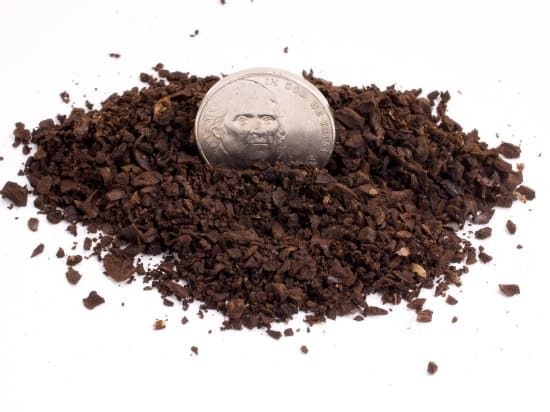 |
| Coarse Similar in size to coarse sea salt. • French Press • Percolator |  |
| Medium-Coarse Similar to coarse beach sand. • Pourover |  |
| Medium Similar to typical beach sand. • Automatic Drip Coffee Maker | 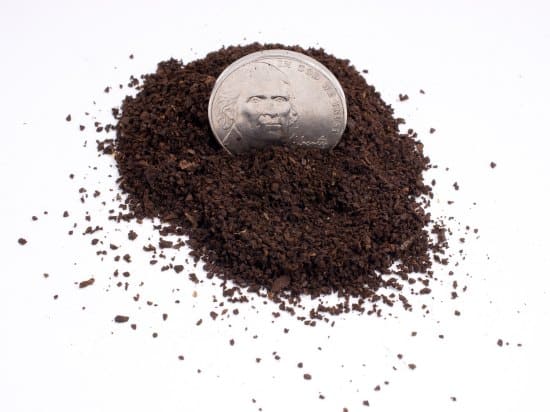 |
| Medium-Fine Similar to table salt. • Single-Serve Refillable Pods | 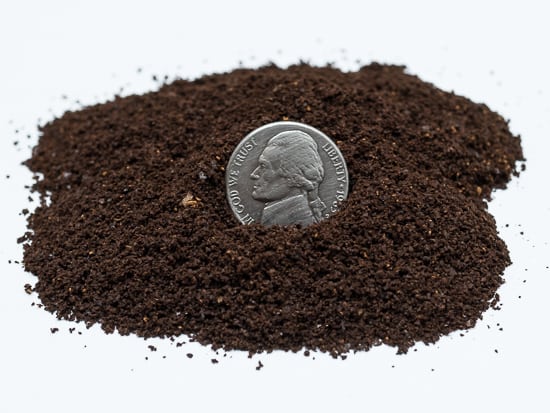 |
| Fine A little grainier than flour. • Espresso • Moka Pot • AeroPress (1-2 minute brew time) | 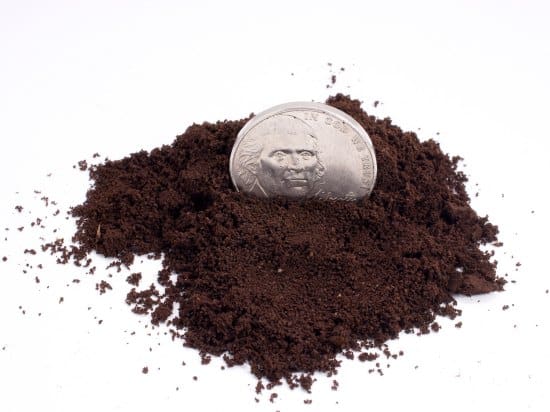 |
| Extra Fine Similar to flour or powdered sugar. • Turkish Coffee | 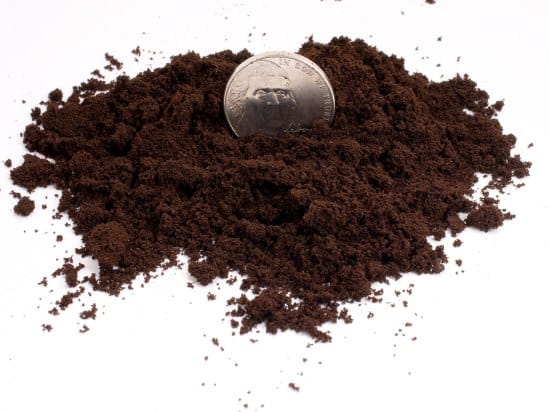 |
Coffee grind photos by Chris Arnold, licensed under a Creative Commons Attribution-NoDerivatives 4.0 International License. Courtesy of INeedCoffee.
Two Types of Grinders
There are two main types of grinders: blade and burr. Blade grinders are more common, although burr grinders for home use are growing in popularity as people take their coffee more seriously.
Blade Grinder
Blade grinders are the most common type of grinder used by people at home. They have a blade, similar to a blender, which rotates rapidly and chops the beans in the process. The longer the blade spins, the smaller the particles get. Usually there are no preset grind sizes, but even when there are, its a matter of timing and eyeballing the results.
See our page devoted to blade grinders for all the details.
Pros
- Typically less expensive
- Many people find it fits their needs
- Smaller footprint
Cons
- Grind sizes in the same batch are inconsistent, leading to uneven extraction
- Cannot create grinds fine enough for espresso
- Potential to produce heat that will affect flavor
- Difficult to repeat results with precision
- No automatic settings, so the size of the grinds must be eyeballed.
Burr Grinder
Burr grinders are hands-down the best option for grinding your own coffee, and are the choice of coffee professionals. Instead of violently chopping the beans, they slowly grind them. Two burred plates are positioned close together. As the plates turn, the beans pass between them and are ground by the sharp burrs. This results in a predictable, consistent grind size.
Electric burr grinders offer a number of different options and functionality: conical or flat plate burrs, stainless steel or ceramic burrs, low-speed and high-speed models, dosing and non-dosing, and stepped and stepless grind adjustments.
When you see a manual coffee grinder, you’re looking at a handheld burr grinder.
See our pages devoted to electric burr grinders and manual burr grinders for more details.
Pros
- Considered the optimal tool for grinding coffee
- Creates a consistent grind with less variation, resulting in better flavor
- Adjustable settings allow you to precisely select grind size
- Does not overheat the coffee beans while grinding
- Manual models are very portable and affordable
Cons
- Electric models are generally more expensive than a blade grinder
- Electric models are larger than a blade grinder and a bit more involved to clean
- Electric models can be loud when in use
- Manual models require more time to use
How to Grind Without a Coffee Grinder
In a pinch, need your coffee, and only have whole beans but no grinder? We’re not sure how that might happen, but we do have some suggestions if it does. Below are some everyday items that you can use to turn coffee beans into grounds. You probably won’t want to drink the coffee these produce on a regular basis, but if its this or nothing, it may not be so bad.
Mortar and pestle: Grind, grind and grind some more. Will tend toward a fine consistency.
Blender or food processor: Similar to a blade grinder in principle.
Hammer or meat tenderizing mallet: Hammer away, carefully. But first put the beans in a ziploc bag.
Frying Pan: You’ll want something heavy. With a cast iron skillet you can press down with your weight behind it and crush instead of pounding. And the ziploc bag applies here too.
Rolling Pin: Pound or roll. And be sure the beans are contained in a ziploc bag or something similar.
Pro Tips
- Grind only the amount of beans you need and do so as close to the time of brewing as possible.
- Match the size of the grind to the brewing method you're using.
- Do not put flavored coffee beans through a burr grinder, as it can be difficult to remove the flavored coating from the grinder.
- When you do have leftover beans or grounds, keep them in a good coffee storage container.

